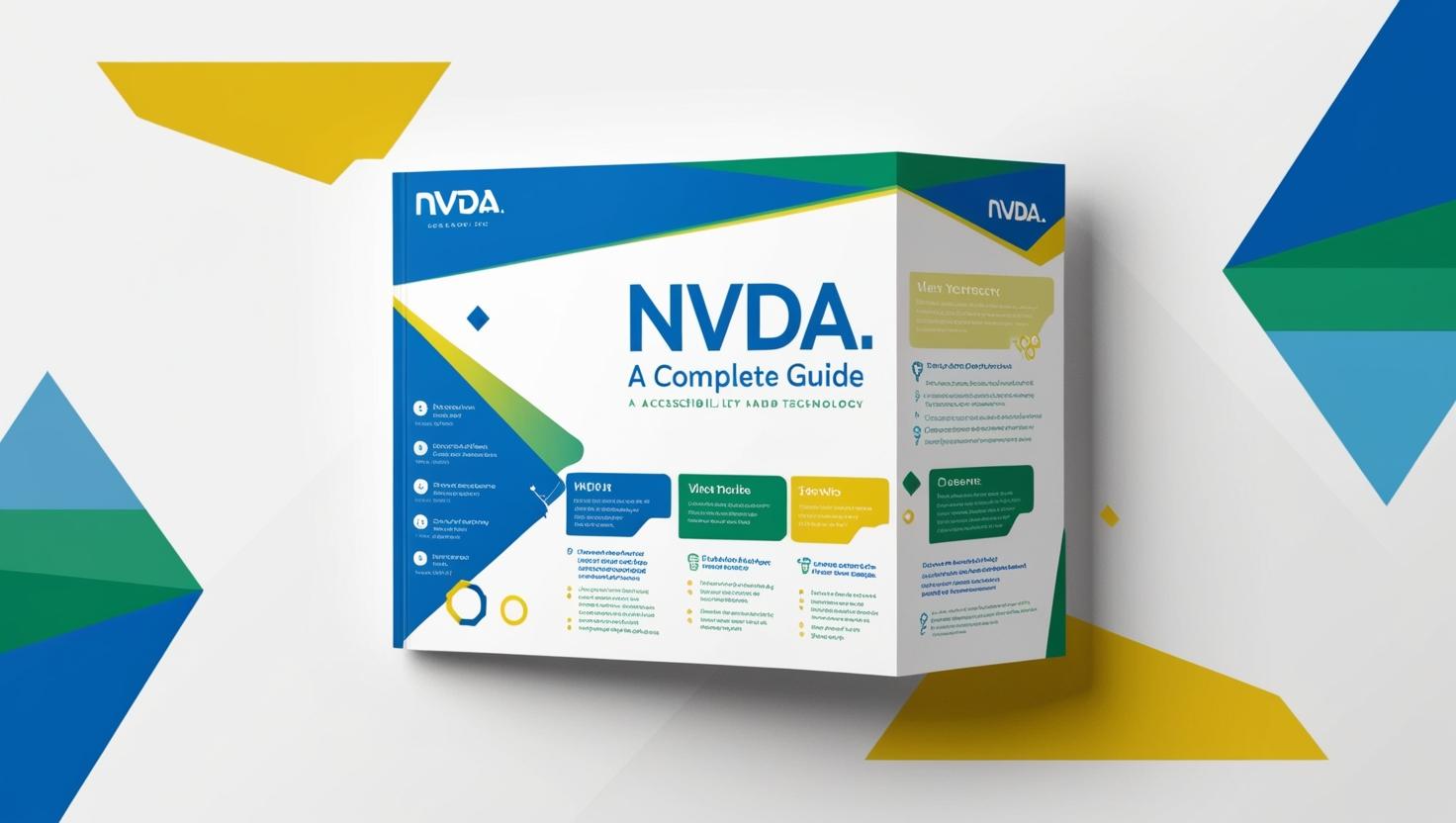NonVisual Desktop Access (NVDA) is a free and open-source screen reader for Microsoft Windows. It helps blind and visually impaired users interact with their computers by reading text aloud or converting it into braille. This software was created to provide accessibility without costing money, making it available to everyone who needs it.
Who Created NVDA?
NVDA was started by Michael Curran in 2006. He wanted to develop a screen reader that was both effective and free. Many screen readers available at that time were expensive, making it hard for people with visual impairments to access technology. NVDA was created as a solution to this problem.
How Does NVDA Work?
NVDA works by reading text on the screen and converting it into speech or braille output. It allows users to navigate the computer using only the keyboard. It can read documents, browse the internet, and even work with emails and applications.
Key Features of NVDA:
- Speech Output: NVDA reads aloud the text on the screen.
- Braille Support: It works with refreshable braille displays.
- Keyboard Shortcuts: Users can control their computers without using a mouse.
- Multiple Language Support: NVDA is available in many languages.
- Works with Many Applications: It supports web browsers, office software, and email programs.
What Programming Language is NVDA Built With?
NVDA is programmed in Python, a powerful and flexible language. It uses different accessibility technologies, such as:
- UI Automation
- Microsoft Active Accessibility (MSAA)
- IAccessible2
- Java Access Bridge
These technologies help NVDA read and understand the elements on the screen, making it easier for users to interact with their computers.
Why is NVDA Important?
1. Free and Open-Source
Many screen readers are expensive, but NVDA is completely free. Because it is open-source, developers can improve and modify it to make it even better.
2. Portable and Lightweight
NVDA can be installed on a computer or run directly from a USB drive. This means users can take it anywhere and use it on different computers without installation.
3. Compatibility with Popular Applications
NVDA works with many applications, including:
- Web browsers (Google Chrome, Mozilla Firefox, Microsoft Edge)
- Microsoft Office (Word, Excel, Outlook)
- Email clients
- File explorers
4. Braille Display Support
For users who prefer braille, NVDA can work with refreshable braille displays, helping them read content without sound.
5. Regular Updates and Community Support
Since NVDA is open-source, a community of developers and users constantly improves it. This means new features and bug fixes are regularly added.
How to Download and Install NVDA
Downloading and installing NVDA is simple:
- Visit the Official Website
- Go to www.nvaccess.org
- Download the Latest Version
- Click on the download link for the latest version.
- Install the Software
- Run the installer and follow the instructions.
- Start Using NVDA
- Once installed, press
Ctrl + Alt + Nto launch NVDA.
- Once installed, press
How to Use NVDA
Basic Navigation
NVDA + Up Arrow– Repeat the last spoken textNVDA + Down Arrow– Read the next lineNVDA + Left/Right Arrow– Read the previous/next characterNVDA + Space– Activate an item
Web Browsing with NVDA
H– Jump to the next headingB– Move to the next buttonL– Find the next listK– Go to the next link
These shortcuts help users navigate websites efficiently.
NVDA vs. Other Screen Readers
1. NVDA vs. JAWS
- JAWS (Job Access With Speech) is a paid screen reader, while NVDA is free.
- JAWS has more advanced features, but NVDA provides excellent performance at no cost.
2. NVDA vs. Narrator
- Narrator is the built-in Windows screen reader.
- NVDA has more features and works better with many applications.
3. NVDA vs. VoiceOver
- VoiceOver is the default screen reader for macOS.
- NVDA is specifically designed for Windows users.
Who Can Benefit from NVDA?
1. Blind and Visually Impaired Individuals
NVDA allows blind users to interact with their computers easily.
2. Students and Professionals
Students can use NVDA to read books and study materials, while professionals can use it for work-related tasks.
3. Developers and Programmers
Programmers working with accessibility features can test their applications using NVDA.
4. Organizations and Schools
Many educational institutions and workplaces install NVDA to assist visually impaired individuals.
NVDA Community and Support
NVDA has a strong community of users and developers. People can:
- Join forums and mailing lists
- Contribute to NVDA development
- Report issues and suggest improvements
Future of NVDA
NVDA continues to grow and improve. Developers are working on:
- Better AI integration for more accurate text-to-speech conversion
- Improved web browsing for better internet navigation
- More language support to help people worldwide
NVDA is changing lives by making computers accessible to everyone, regardless of their vision ability.
